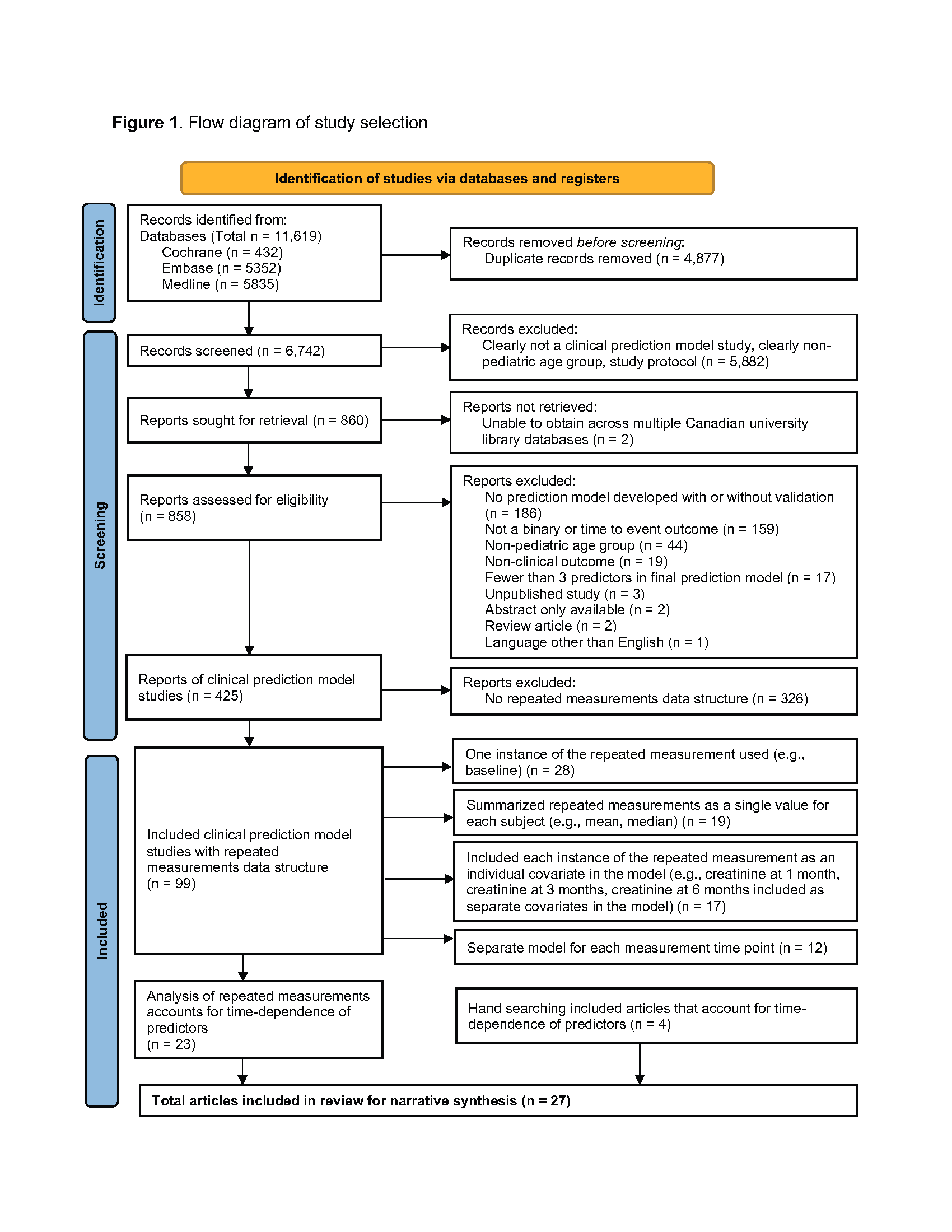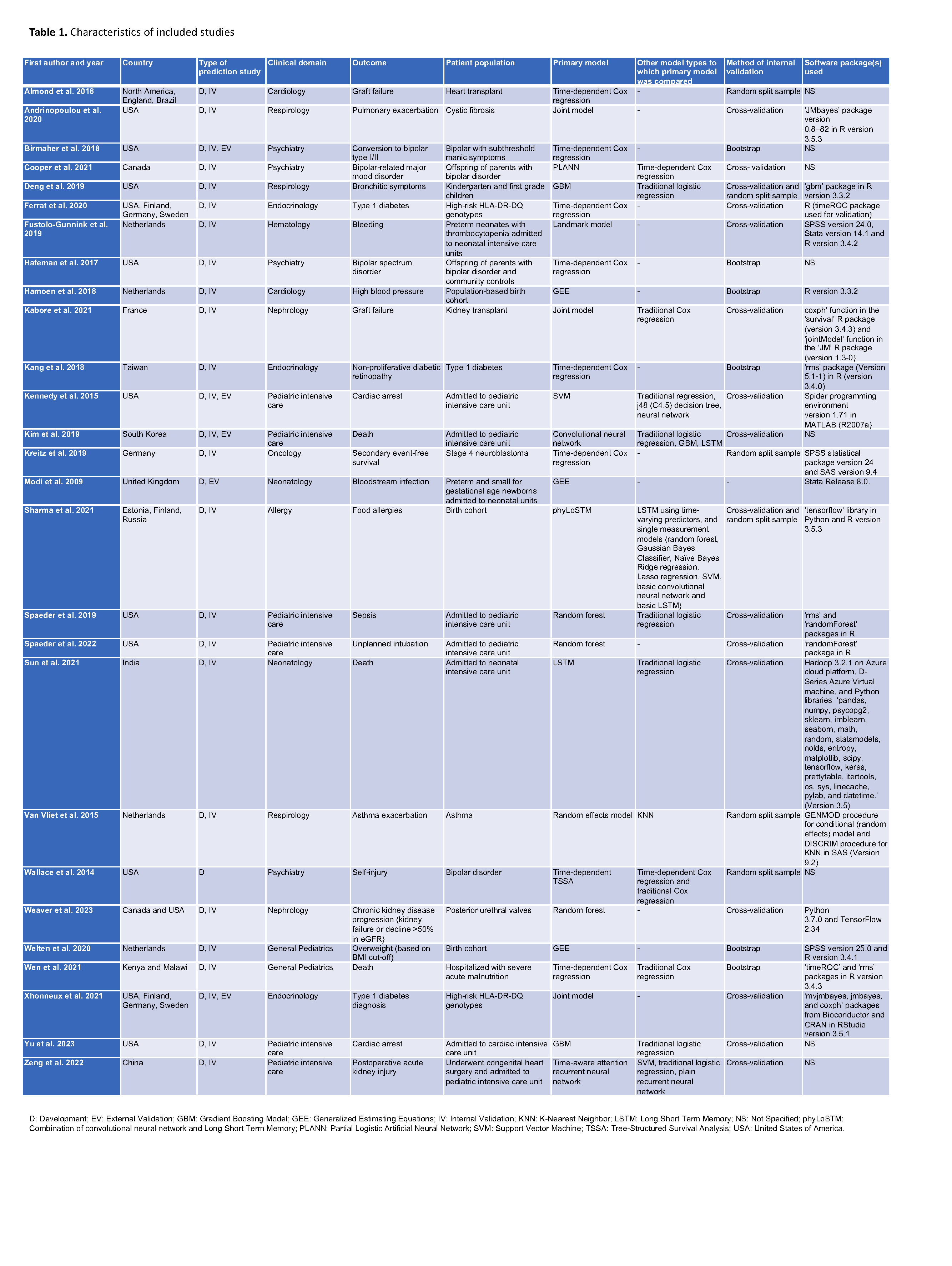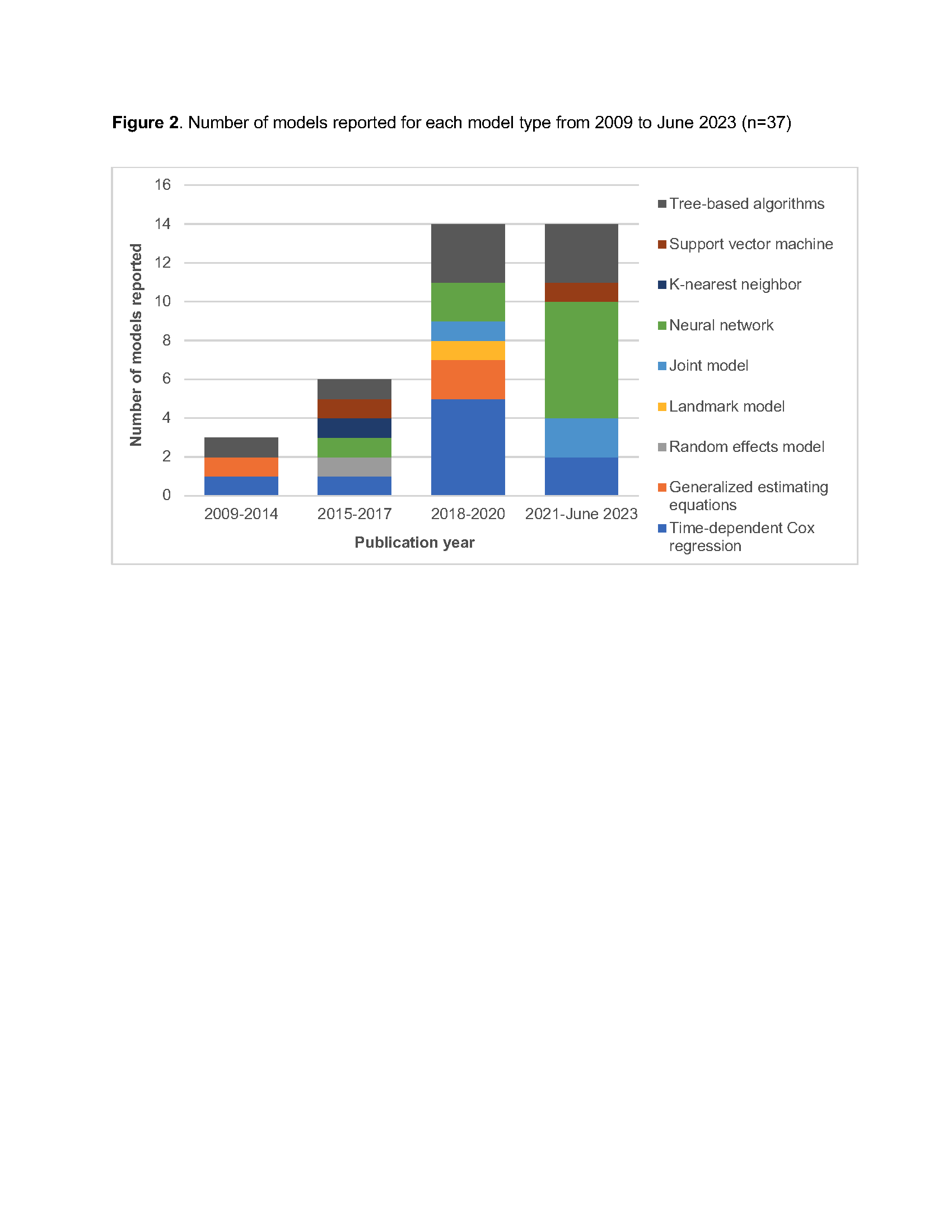Quality Improvement/Patient Safety
Session: Quality Improvement/Patient Safety 1
356 - Clinical prediction models in children that use repeated measurements with time-varying covariates: a scoping review
Sunday, May 5, 2024
3:30 PM - 6:00 PM ET
Poster Number: 356
Publication Number: 356.1728
Publication Number: 356.1728

Alastair Fung, MD, MPH (he/him/his)
Clinical Fellow
The Hospital for Sick Children
Toronto, Ontario, Canada
Presenting Author(s)
Background: Most clinical prediction models (CPMs) use patient information from a single measurement to make predictions rather than repeated (time-varying) measurements within each patient. Emerging evidence suggests that CPMs that use time-varying predictors may have higher predictive accuracy than CPMs that use single timepoint measurements. Previous reviews of CPM methods focused on health conditions in adults or single measurement CPMs.
Objective: To determine the breadth of the published literature reporting the development and validation of CPMs in children that use time-varying predictors.
Design/Methods: We followed the Preferred Reporting Items for Systematic Reviews and Meta-Analyses extension for Scoping Reviews (PRISMA-ScR) checklist. We systematically searched MEDLINE, EMBASE and Cochrane databases in June 2023. We included studies reporting the development of a multivariable CPM in children, with or without validation, to predict a repeatedly measured binary or time-to-event outcome and utilizing at least one repeatedly measured predictor. We categorized included studies by clinical domain and method used to model time-varying predictors.
Results: Of 6,742 studies identified, 425 were CPM studies. Of these CPM studies, 99 (23%) had a repeated measurements data structure. However, only 27 studies used methods that incorporated the repeated measurements as time-varying predictors in a single model (Figure 1, Table 1). Among these 27 time-varying CPM studies (37 models), we grouped model types into nine categories: time-dependent Cox regression (n=9), generalized estimating equations (n=3), random effects model (n=1), landmark model (n=1), joint model (n=3), neural network (n=9), K-nearest neighbor (n=1), support vector machine (n=2) and tree-based algorithms (n=8). The most common clinical domains in which time-varying CPMs were developed were pediatric intensive care (n=6) followed by psychiatry (n=4). The use of pediatric time-varying CPMs has increased over time and in particular, use of neural networks and tree-based algorithms has recently increased (Figure 2). Where there was comparison of time-varying models to single measurement models, using time-varying predictors improved predictive accuracy.
Conclusion(s): Various methods have been used to develop time-varying CPMs in children, but there is a paucity of pediatric time-varying CPMs in the literature. Incorporating time-varying predictors in pediatric CPMs may improve predictive accuracy. Opportunities exist to leverage widely available longitudinal data containing repeated measurements to improve the predictive accuracy of CPMs in children.



